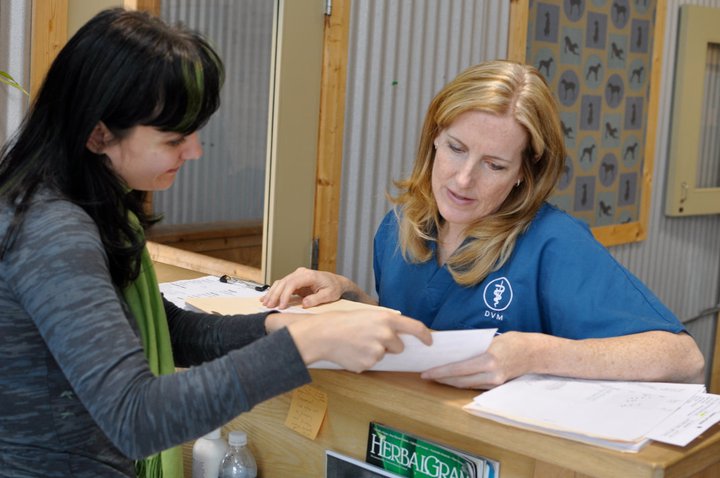When I was just starting out in photography, I didn't have a mentor to provide me with the necessary guidance. So everything was a result of trial and error. While we can learn from our own mistakes, we can cut on the cost and time wasted by learning from the mistakes of others.
Here are some of the common mistakes committed by beginner photographers:
1. Taking limited number of photos
In the age of digital photography, it is no longer considered expensive when you decide to take as many photos as you want. But many beginner photographers chose to take limited photos and not experimenting enough with different angles.
2. Shooting with poor lighting
One important thing to remember in photography is that lighting can make or break your image. Do it under poor lighting and you'll get crappy photos.
3. Excessive post-processing
When you're shooting RAW, it's most likely that you'll be using software such as Photoshop to enhance the photos. But you shouldn't go overboard. Excessive post-processing can lead to unrealistic and saturated images.
4. Investing on gear but not on skills
It's totally okay to buy high quality cameras but it becomes a mistake when you prioritize it over skill-building. So, if you have a entry-level camera, stick with it while you hone your photographic skill.
5. Not getting a mentor
You can learn on your own but it will be easier if you get yourself a mentor. If you have a friend or anyone from family whom you think can teach you to become a better photographer, then approach them and ask them to mentor you.
Have you committed any of these mistakes?
Can't wait to hear your story!
Read More
Here are some of the common mistakes committed by beginner photographers:
1. Taking limited number of photos
In the age of digital photography, it is no longer considered expensive when you decide to take as many photos as you want. But many beginner photographers chose to take limited photos and not experimenting enough with different angles.
2. Shooting with poor lighting
One important thing to remember in photography is that lighting can make or break your image. Do it under poor lighting and you'll get crappy photos.
3. Excessive post-processing
When you're shooting RAW, it's most likely that you'll be using software such as Photoshop to enhance the photos. But you shouldn't go overboard. Excessive post-processing can lead to unrealistic and saturated images.
4. Investing on gear but not on skills
It's totally okay to buy high quality cameras but it becomes a mistake when you prioritize it over skill-building. So, if you have a entry-level camera, stick with it while you hone your photographic skill.
5. Not getting a mentor
You can learn on your own but it will be easier if you get yourself a mentor. If you have a friend or anyone from family whom you think can teach you to become a better photographer, then approach them and ask them to mentor you.
Have you committed any of these mistakes?
Can't wait to hear your story!



